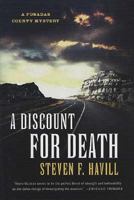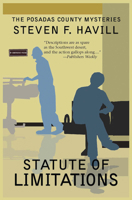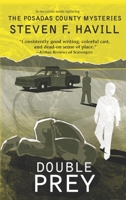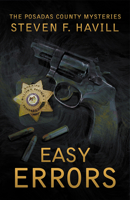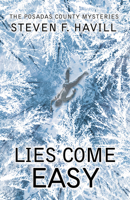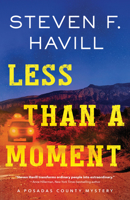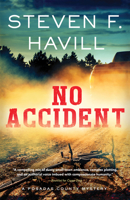The Power of Focus
Select Format
Select Condition 
Based on Your Recent Browsing
Book Overview
More than 600,000 people around the world have been captivated by the simple, practical, and profound strategies contained in the original bestseller, The Power of Focus. Now a decade later, authors Jack Canfield, Mark Victor Hansen, and Les Hewitt have joined forces to create a special 10th Anniversary Edition of this enduring classic. Each of these masters of business and personal development provides a crystal-clear picture of why your ability to focus is even more vital today in determining your future success. Readers will discover: The keys to prosperity in a turbulent economy A personal look at the last ten years through the experienced eyes of Jack Canfield, Mark Victor Hansen, and Les Hewitt: Insights on where to sharpen your focus, capitalizing on the new currency in business, and a Reality Check questionnaire to help you focus and follow through How to dramatically leverage your income using relationships and technology Inspiring success stories from readers who have implemented The Power of Focus strategies Plus, a free comprehensive workbook containing simple Action Steps to help you maximize The Power of Focus in your business and personal life. This description may be from another edition of this product.
Format:Paperback
Language:English
ISBN:1558747524
ISBN13:9781558747524
Release Date:March 2000
Publisher:Hci
Length:310 Pages
Weight:1.03 lbs.
Dimensions:8.8" x 1.0" x 5.8"
Customer Reviews
7 customer ratings | 5 reviews
There are currently no reviews. Be the first to review this work.






















